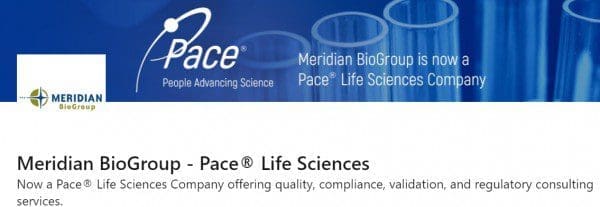Frederick, Maryland – Thin Film Interconnects (TFI), a pioneering technology company, is poised to transform the high-demand semiconductor industry with its innovative manufacturing process. This established Korean firm will launch … Read more
Archives: Press Releases
Frederick, MD – Frederick Innovative Technology Center, Inc. (FITCI) and fellow nonprofit Living Well Youth Works proudly announce a strategic partnership to open new doors for school-aged children by putting … Read more
Frederick Innovative Technology Center, Inc. Congratulates 15 Companies Graduating The Edge Accelerator The Edge Accelerator Demo Day on March 4 was the culmination of an immersive 12-week program. Frederick, MD (March 7, … Read more
Maryland Tech Council Announces 2024 ICON Awards Finalists Current FITCI client NanoBioFAB earned a spot in two categories of the The Maryland Tech Council’s (MTC) 2024 awards. MTC, the largest … Read more
Theradaptive can now enroll patients at each site in Australia listed with Bellberry as part of its global clinical study for OsteoAdapt SP. FREDERICK, Md., Feb. 27, 2024 — Theradaptive, a … Read more
FREDERICK, MD —Kenneth Dretchen, PhD, of Mesa Science Associates, in collaboration with researchers from Bryn Pharma LLC, Celerion Inc., and Allucent, recently published an article in the Journal of Allergy and … Read more
Global study will assess the safety and efficacy of the company’s lead spinal fusion product, OsteoAdapt SP FREDERICK, Md., Feb. 1, 2024 — FITCI graduate Theradaptive, the market leader in targeted regenerative … Read more
FREDERICK MD – KnowledgeNet.ai, a leading provider of artificial intelligence solutions, proudly announces a significant milestone in its continued growth and market presence. The company has reached its 20th Customer … Read more
1/05/2024 – Frederick Innovative Technology Center, Inc. (FITCI) is a business incubator and accelerator designed to cultivate entrepreneurship in Frederick, Maryland. It offers coaching, connections, access to capital, and customers … Read more
We are excited to announce, that Meridian BioGroup has been acquired by Pace® Life Sciences. The acquisition allows Pace® to provide regulatory and quality consulting services to support clients throughout the … Read more


